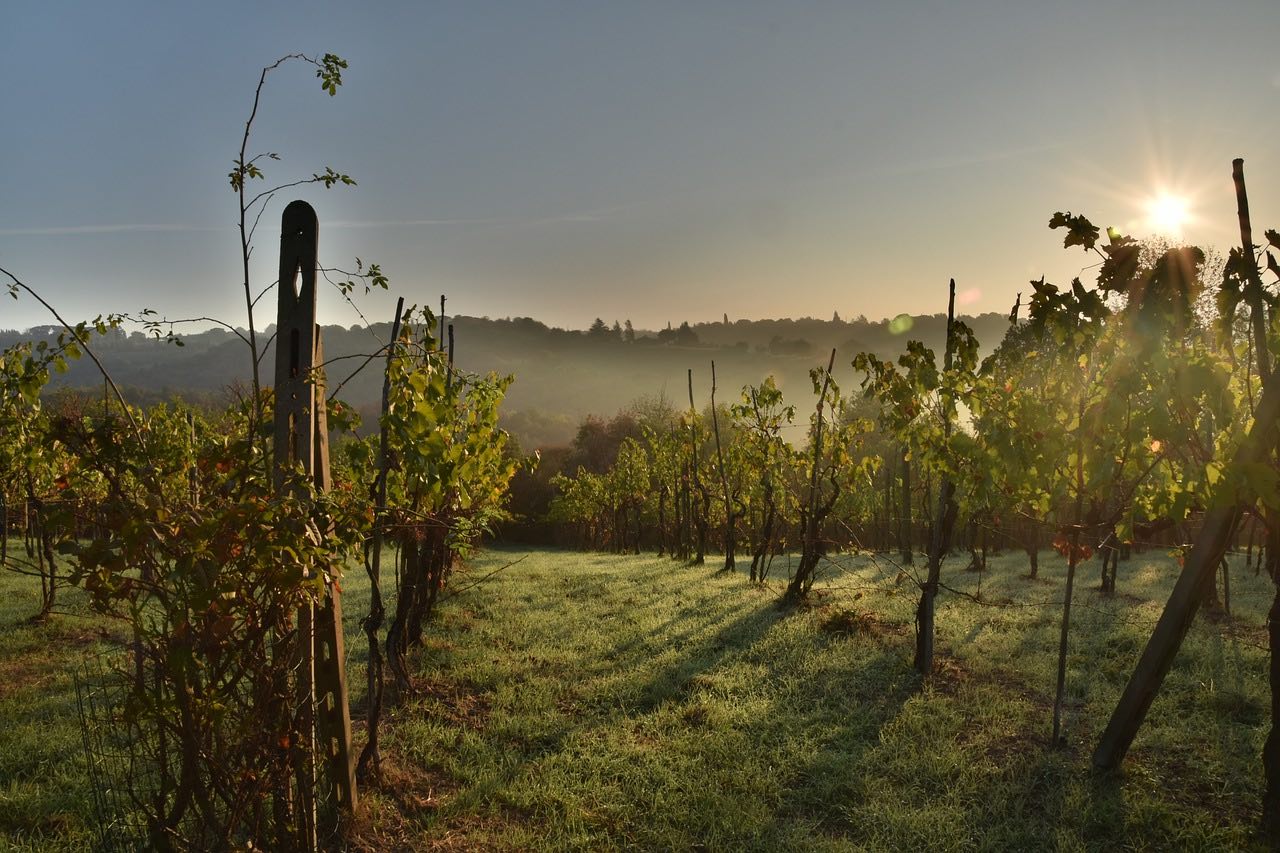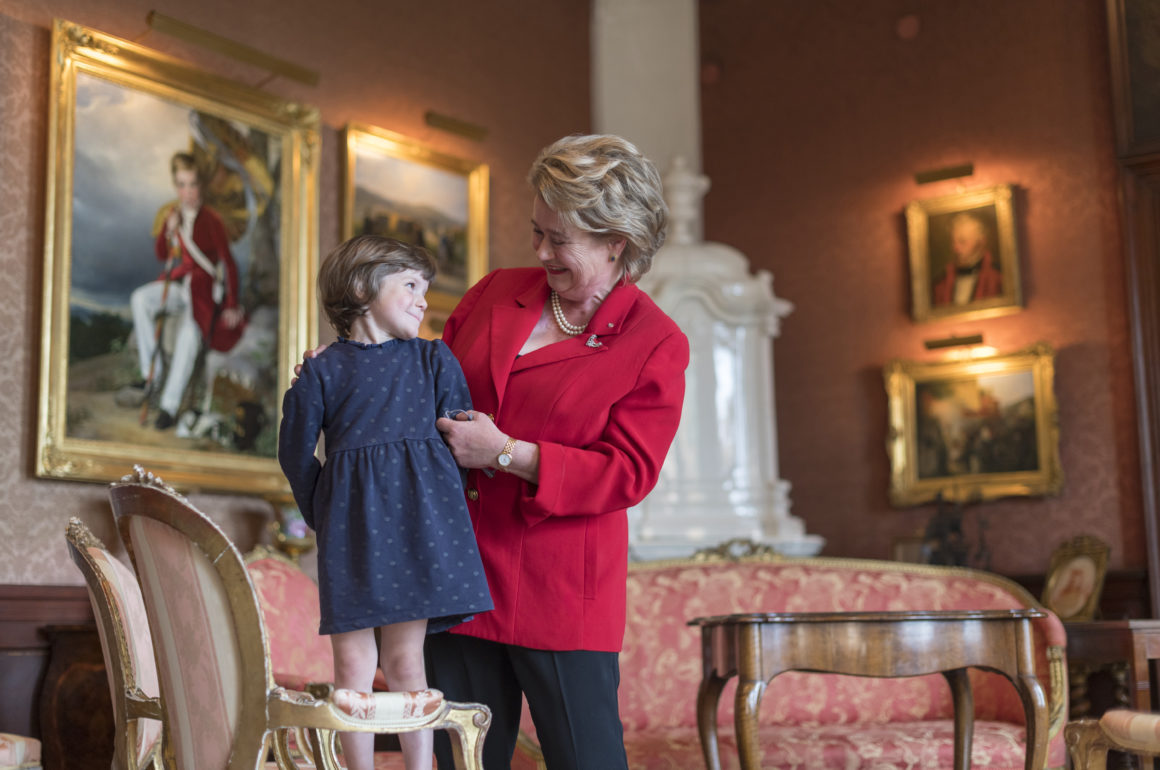The sound of silver cutlery chiming against porcelain plates. The satisfying ‘clink’ of glasses, each holding a wine expertly tailored to each course. And, last but not least, the tingle of sugar on the tongue during the first bite of dessert: the feelings a fine meal evokes are second to none. But can you guess the country with the most Michelin stars?
It is the country that devised the entire Michelin concept: France. The first Michelin Guide was published in 1900 as an aid for French leisure drivers on long journeys – and as a way to get them to wear their wheels out faster, so they’d require more Michelin products.
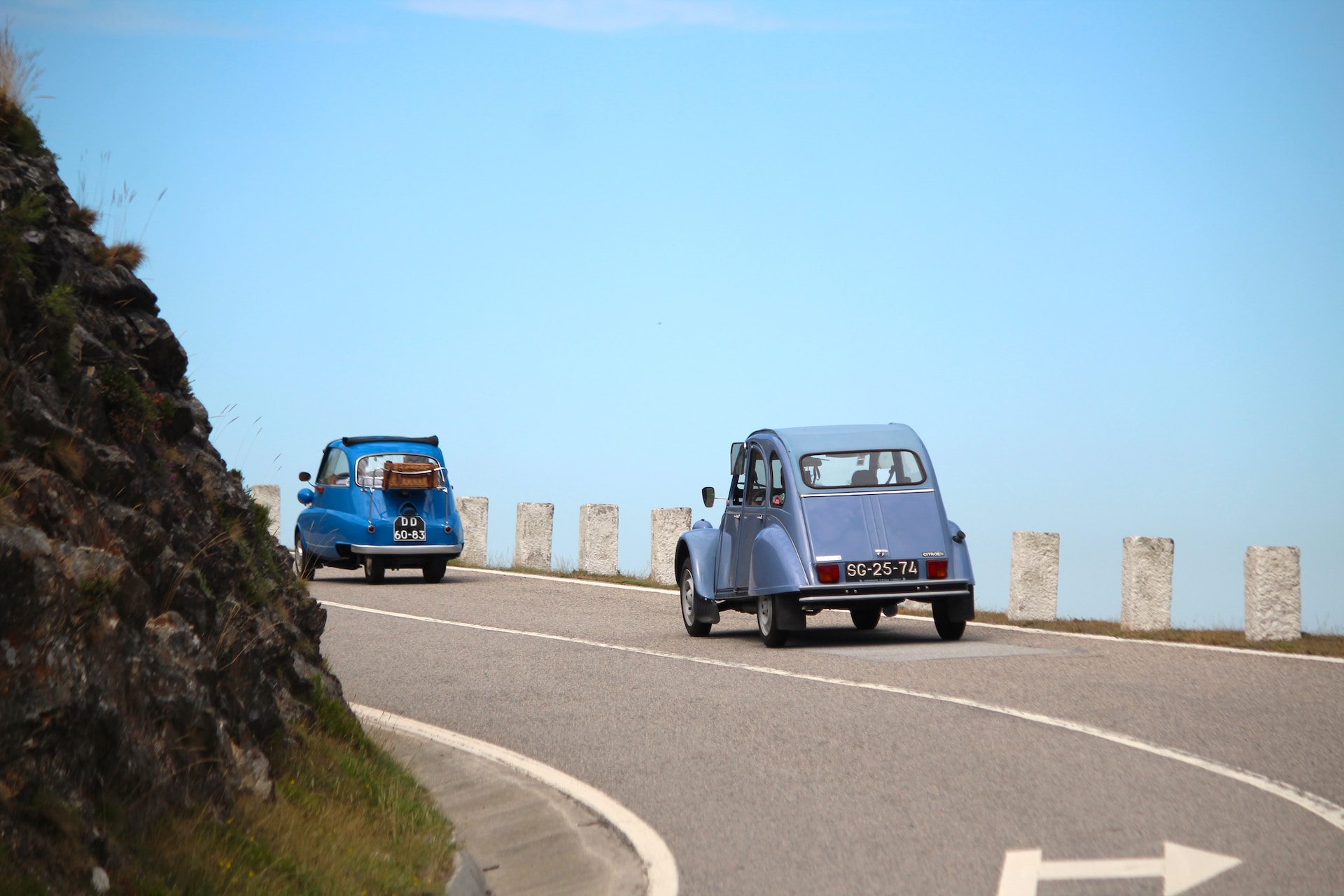
The idea was a hit, soon spreading beyond France; in 1910, a guide featuring most of Western Europe was published. 124 years later, the series is still going strong, with international editions and chefs around the world prizing Michelin stars as the highlights of their career.
France has typically topped the list since the guides were created, and in March 2023 Michelin released its celebrated guide to French restaurants – a detailed homage to the country who has the most Michelin stars in the world.
Discover more of France’s finest on our Ultimate Southern France itinerary
France’s finest food

France currently has 630 Michelin star restaurants, and the list from last March awarded many existing establishments their second or third star – plus, it conferred around 40 ambitious restaurants their very first.
Spectacularly situated at the end of a peninsula jutting out into the Atlantic is the aptly-named La Marine, which was awarded its third hard-won Michelin star this year. Chef Alexandre Couillon and his catering expert wife Céline work to create nature-inspired dishes within the rustic confines of an old fishing cottage. Each day, Alexandre wakes up early to buy fish directly from the local market. Sometimes, he can be found foraging in the local marshes for ingredients – the tasting menu changes whimsically to reflect the finest in-season local produce.
A new two-star for 2023 is L’Amaryllis. Tucked away in a gorgeous Provençal hill village, the tables are within earshot of a tranquil mill stream. The cottage garden provides the earthly ingredients needed in the kitchen, but chef Cédric Burtin likes to keep everything else on the menu under wraps: prepare to see courses labeled simply as ‘River’, ‘Hive’, and ‘Fruit’.
Close to Calais is another culinary gem: the Château de Beaulieu, which also earned its second star this year. Sustainable cooking is integral to its philosophy, as over 30 local producers are used to supply everything from shallots to saffron.
Rising culinary stars
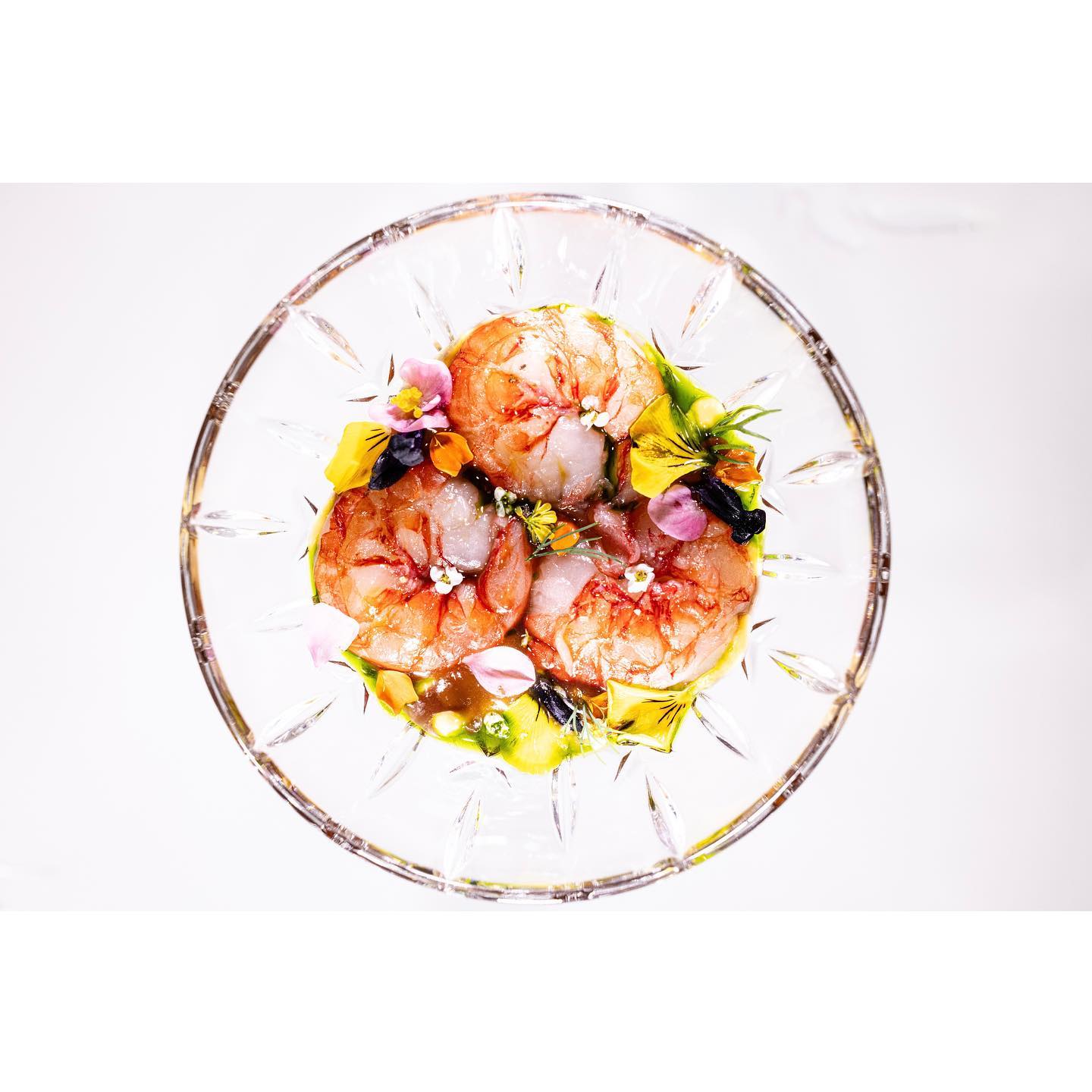
Photo credit: @maisonruggieri no Instagram
Paris is home to its fair share of new Michelin-listed restaurants – it boasts six of the mouthwatering Michelin newcomers in 2023. The food scene in Paris is as diverse as its people, with restaurants ranging from Franco-Japanese to modern Mediterranean.
In 2023, brand-new Maison Ruggieri impressed the Michelin critics with its subtle presentation and seemingly limitless choice: diners can request a particular dish or ingredient when they make their reservation.
Young chef Omar Dhiab, whose eponymous establishment is a stone’s throw from the Louvre, showcases France’s most iconic dishes – think grain-fed duck, toasted brioche and strong coffee – with a modern twist, while Ōrtensia on the banks of the Seine mixes French influences with Japanese presentation; you’ll almost certainly fall for the Gallic sea bream marinated in sake.
Although plant-based eaters can find it tricky to enjoy France’s meat-and-fish heavy cuisine, newly one-starred Astrance makes it easy: crispy onion tartlets, zingy Thai curries and fruity sweet courses prove hard to resist.
Dress to impress: here’s how to get ready for a Michelin-star restaurant
In second place: Japan
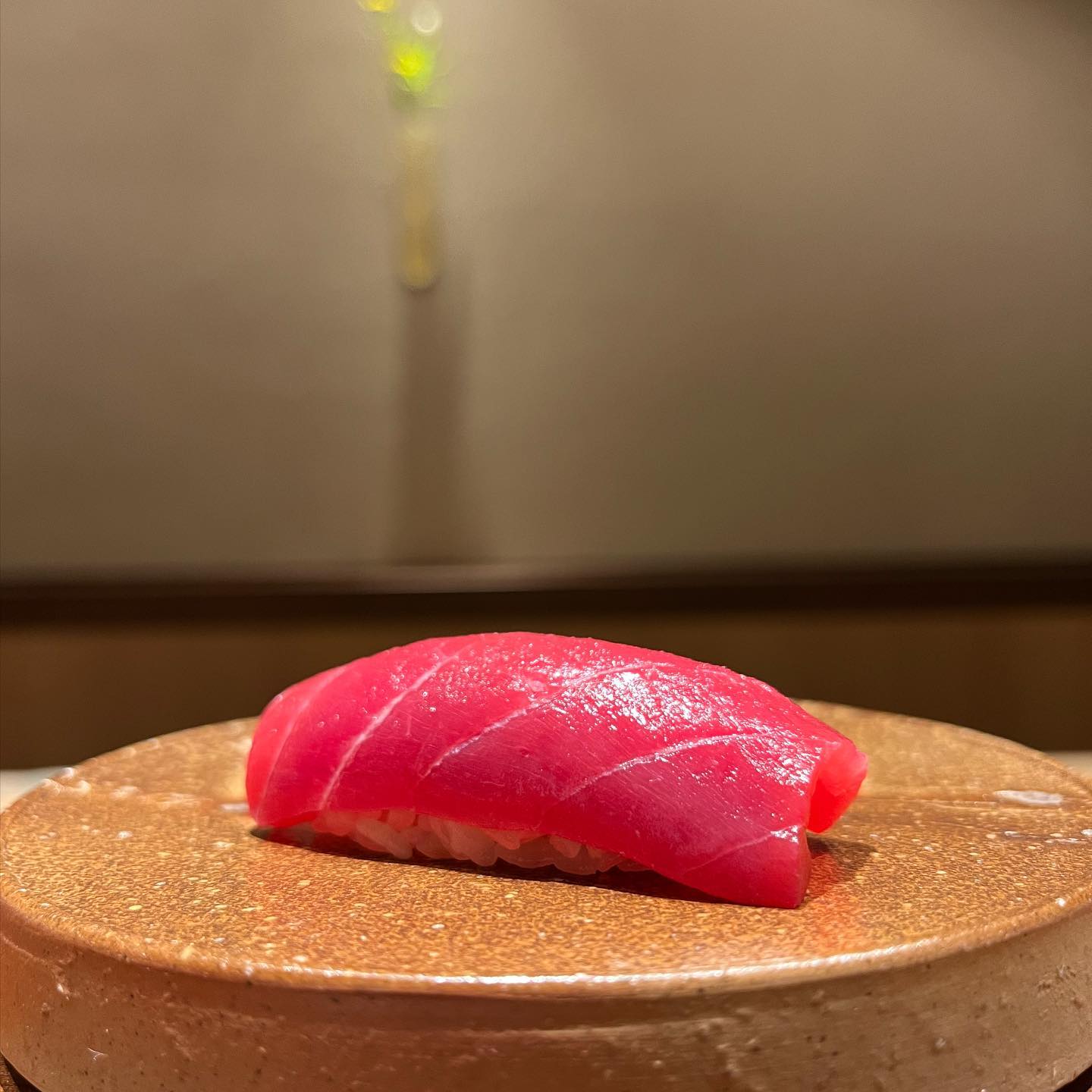
Photo credit: @hiroo_ishizaka on Instagram
While France is the country with the most Michelin stars, Paris is not the city with the most Michelin stars: with a total of 263 listed restaurants, that title goes to Tokyo, Japan. Japanese traditional cuisine (kaiseki) has always placed a strong emphasis on seasonality and immaculate presentation, and Japanese chefs strive to incorporate ancient styles onto modern plates.
In Tokyo, followers of the Michelin star will find everything from two-starred tempura (Japanese deep fried vegetables) to floreal Italian desserts influenced by Japanese Buddhist vegetarian principles. Newcomers include natural (straw and wood-fired) cooking at L’Eterre and the sumptuous sushi bar Hiroo Ishizaka.
Plus, there are now three ramen restaurants with a Michelin star in Tokyo, so those who crave a more discrete and distinctly Japanese dining experience can eat a Michelin meal in close company with hungry Tokyo-dwellers.
Discover more of Asia’s delectable dishes with India’s Michelin-star chefs
Old rival: Italy

Photo credit: @heinzbecklapergola on Instagram
As the country with the third-most Michelin stars in the world, European neighbors Italy are hot on France’s heels with 385 starred restaurants. Italian cuisine is beloved the world over, with rich sauces, wafer-thin egg pastas and an unfailing dedication to putting love and Italian passion into every dish. Take an al fresco seat in Rome’s three-star La Pergola, and you’ll see why Italy does food like no other: classics like punchy cacio e pepe and Milanese saffron risotto take on a new dimension when your table overlooks such a romantic vista of Rome’s seven hills. For a truly unforgettable experience, consider an Italy luxury tour that includes incredible dining options.
Eat around Europe: explore our guide to the best Michelin-star restaurants in Edinburgh




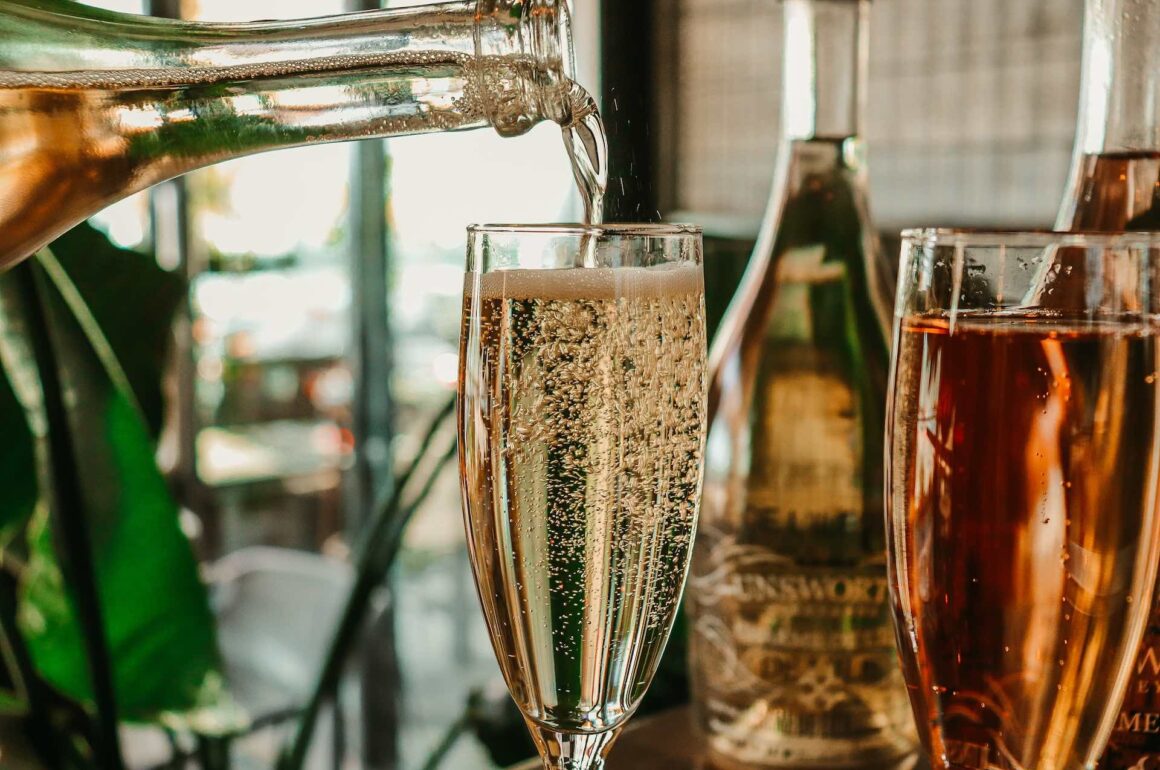
 You may know Pecorino better as a cheese ‒ and indeed, it shares its moniker with a hard, flaky Tuscan number often used in pasta sauces. But in the world of white, this is one of the best Italian wines. Largely produced in Italy’s Abruzzo region (but also made in Marche, Umbria, Liguria, and Tuscany), Pecorino is a native Italian grape that grows well at high mountain altitude and by the coast.
You may know Pecorino better as a cheese ‒ and indeed, it shares its moniker with a hard, flaky Tuscan number often used in pasta sauces. But in the world of white, this is one of the best Italian wines. Largely produced in Italy’s Abruzzo region (but also made in Marche, Umbria, Liguria, and Tuscany), Pecorino is a native Italian grape that grows well at high mountain altitude and by the coast. 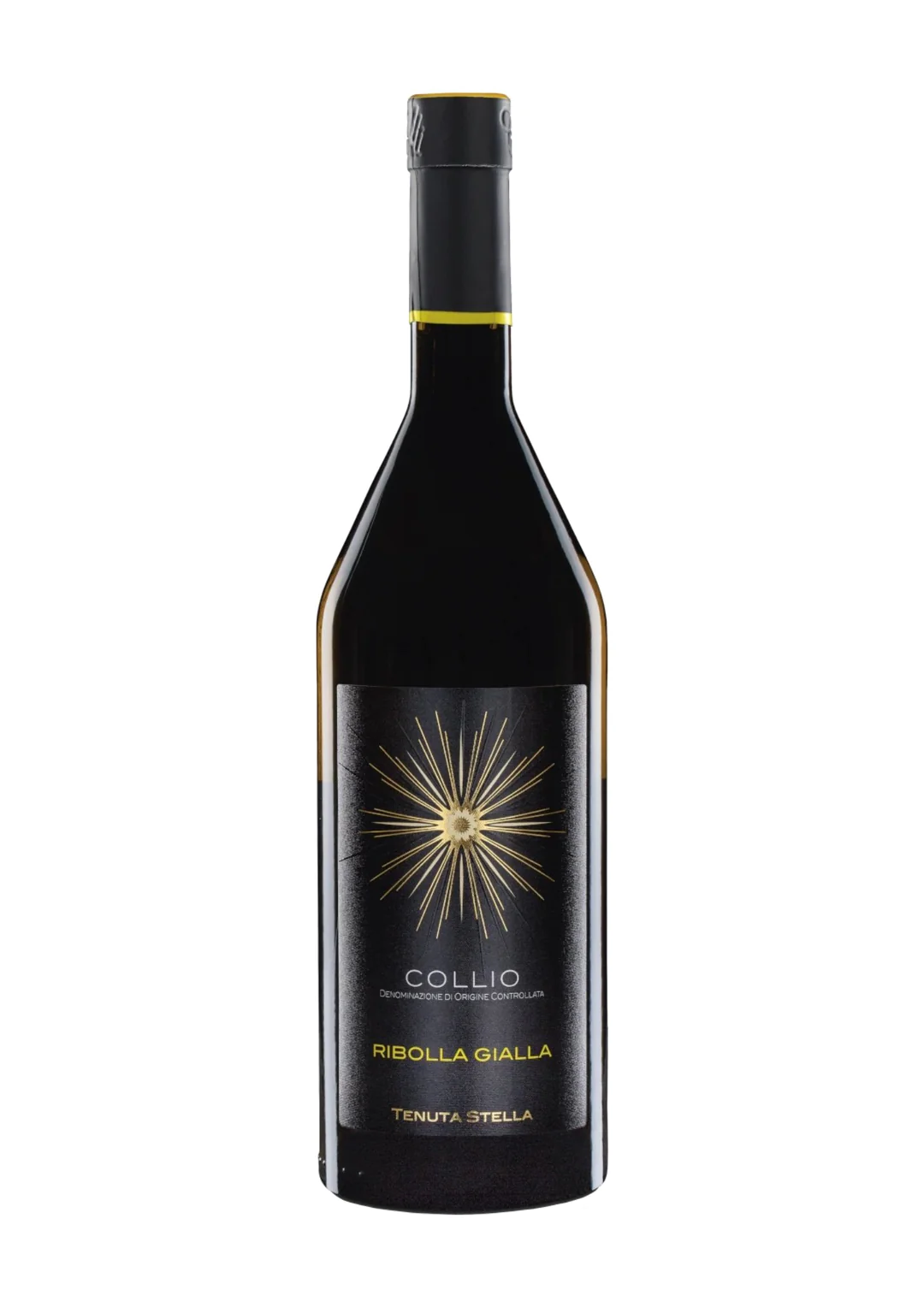 The Ribolla Gialla is a grape is so fashionable that it’s now being used in Napa Valley, but it also produces some of the new top Italian wine, most prominently in the Friuli-Venezia region of northern Italy. Typically producing light-bodied, greenish-hued white wines, this ancient variety is often paired with seafood or creamy dishes due to its zingy acidity. Tenuta Stella’s Ribolla Gialla Collio, is a classic choice. Not only did it win in this year’s Decanter Awards; critics at Wine Enthusiast awarded it 85/100, describing it as “a
The Ribolla Gialla is a grape is so fashionable that it’s now being used in Napa Valley, but it also produces some of the new top Italian wine, most prominently in the Friuli-Venezia region of northern Italy. Typically producing light-bodied, greenish-hued white wines, this ancient variety is often paired with seafood or creamy dishes due to its zingy acidity. Tenuta Stella’s Ribolla Gialla Collio, is a classic choice. Not only did it win in this year’s Decanter Awards; critics at Wine Enthusiast awarded it 85/100, describing it as “a  Anyone who doesn’t know the top Italian wines beyond the odd glass of Pinot Grigio may not be acquainted with Grechetto. Primarily used in blends, this white grape originated in Greece (hence the name), but grows well in the Italian regions of Umbria, Lazio and Tuscany and used for its concentration of flavour.
Anyone who doesn’t know the top Italian wines beyond the odd glass of Pinot Grigio may not be acquainted with Grechetto. Primarily used in blends, this white grape originated in Greece (hence the name), but grows well in the Italian regions of Umbria, Lazio and Tuscany and used for its concentration of flavour.  Another wine region that uses Grechetto with flair is the Orvieto DOC, which spans Umbria and Lazio. Winemaking has been here since the Etruscans, with the namesake wines traditionally perceived as sweet; but plenty of dry, bright whites are being produced there these days. An example of a top Italian wine from the region is Barberani’s Orvieto Classico 2021: with notes of green apple and almond opening up to a peachy fullness, with moderate acidity. The maker’s most popular bottle, the 2021 pairs beautifully with garlic prawns, shellfish risotto or swordfish and salad.
Another wine region that uses Grechetto with flair is the Orvieto DOC, which spans Umbria and Lazio. Winemaking has been here since the Etruscans, with the namesake wines traditionally perceived as sweet; but plenty of dry, bright whites are being produced there these days. An example of a top Italian wine from the region is Barberani’s Orvieto Classico 2021: with notes of green apple and almond opening up to a peachy fullness, with moderate acidity. The maker’s most popular bottle, the 2021 pairs beautifully with garlic prawns, shellfish risotto or swordfish and salad. If you’re after a refreshing, easy-drinking table wine for an Italian lunch, look for a Verdicchio from Italy’s Marche region. These bright white wines often have a nutty, almondy note as well as zingy fruit profiles; this year Forbes called it “arguably the greatest white varietal” from Italy, while Vivino users praise Tenuta di Tavignano’s bottles for their mixture of sweet peachiness and salinity.
If you’re after a refreshing, easy-drinking table wine for an Italian lunch, look for a Verdicchio from Italy’s Marche region. These bright white wines often have a nutty, almondy note as well as zingy fruit profiles; this year Forbes called it “arguably the greatest white varietal” from Italy, while Vivino users praise Tenuta di Tavignano’s bottles for their mixture of sweet peachiness and salinity. 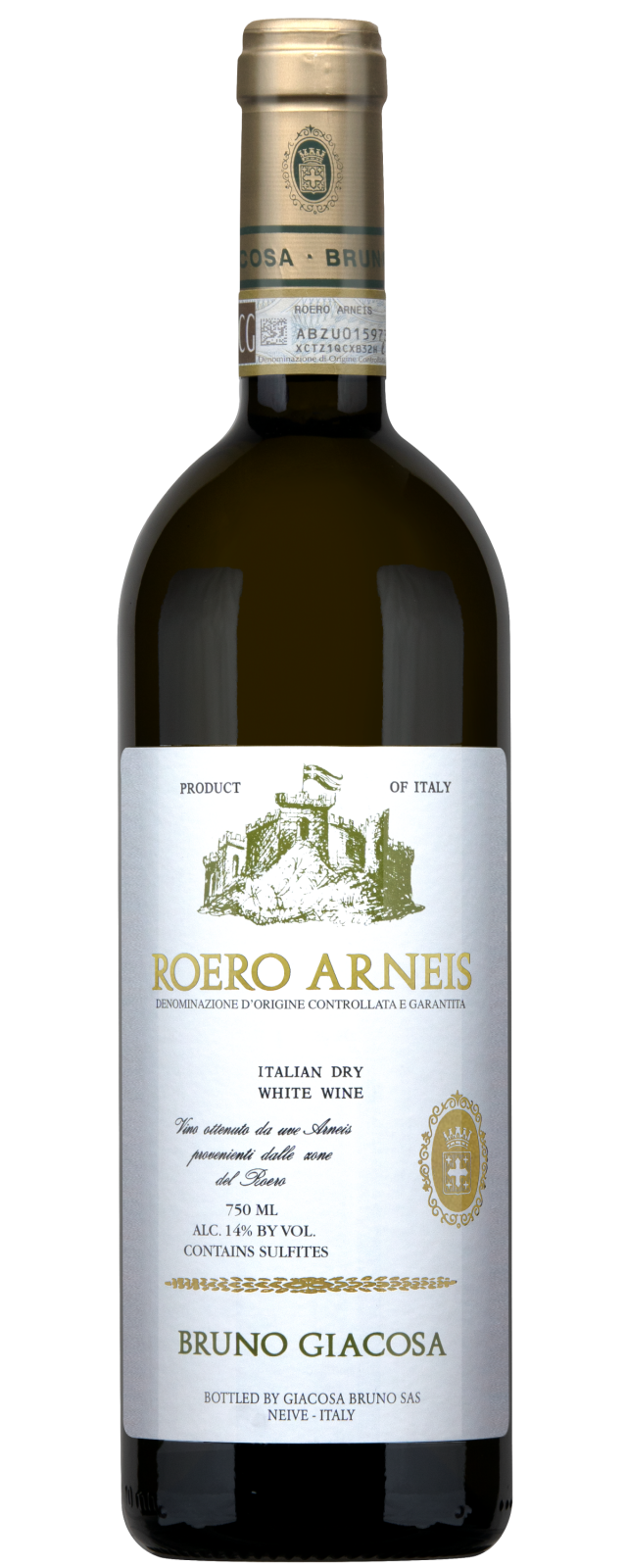 Another genre to watch in the category of “best Italian wine” is Roero Arneis ‒ that is, white wines made in the Roero area of Piedmont, Italy, from the Arneis grape. Distinctive for their yellowish, straw colour, these whites The critics’ choice for this year is the
Another genre to watch in the category of “best Italian wine” is Roero Arneis ‒ that is, white wines made in the Roero area of Piedmont, Italy, from the Arneis grape. Distinctive for their yellowish, straw colour, these whites The critics’ choice for this year is the 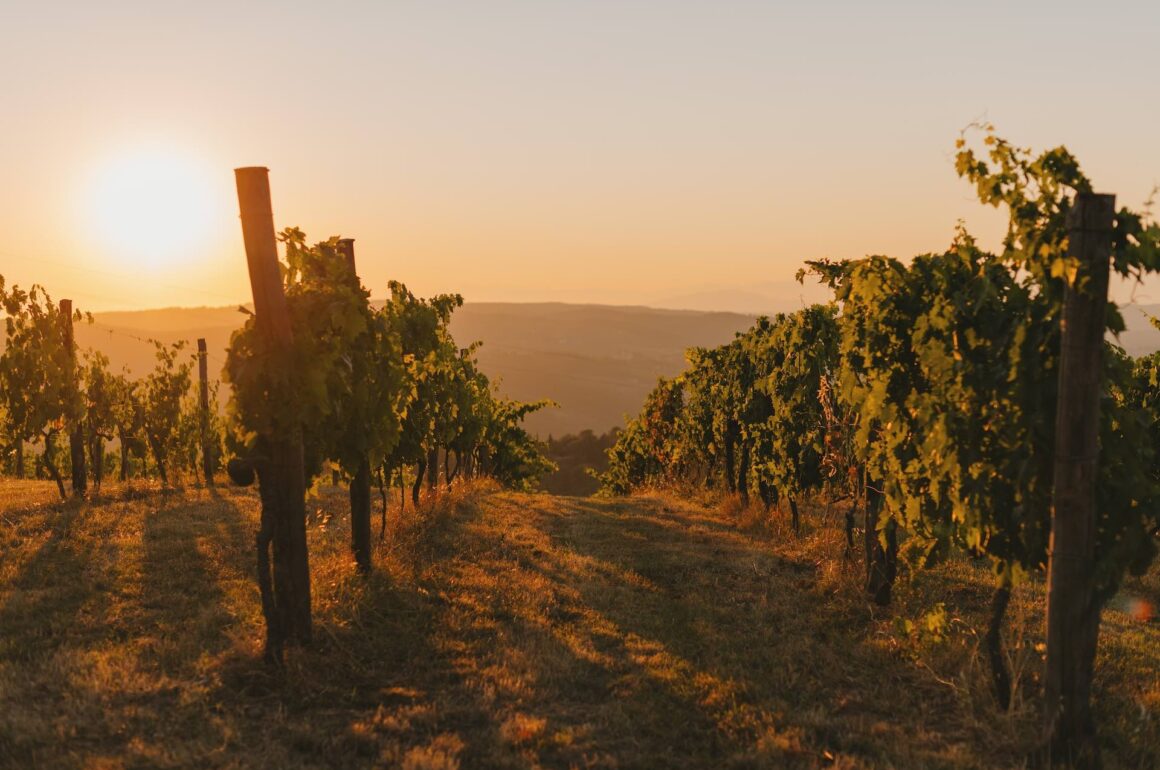

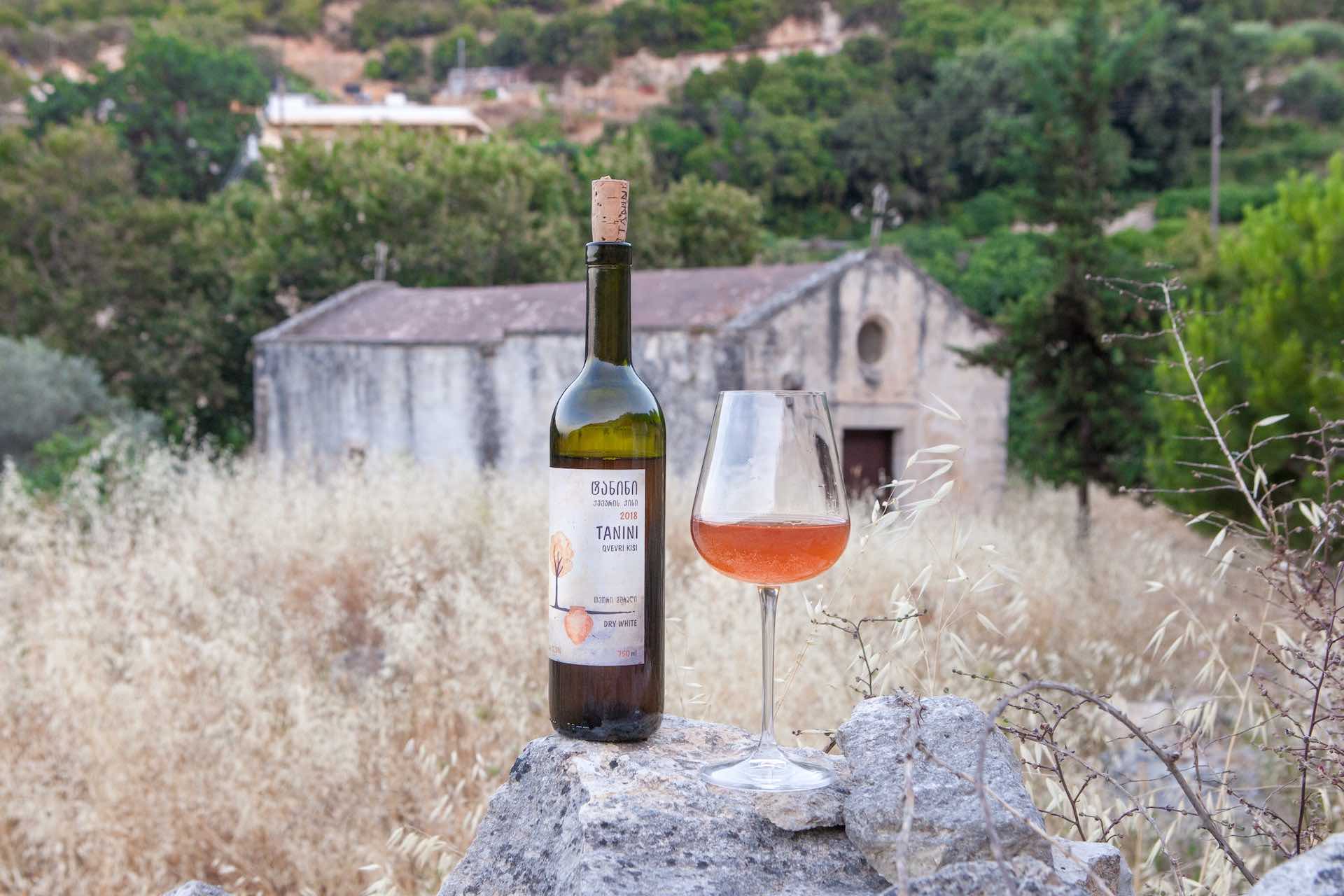
 One of the best orange wine makers
One of the best orange wine makers 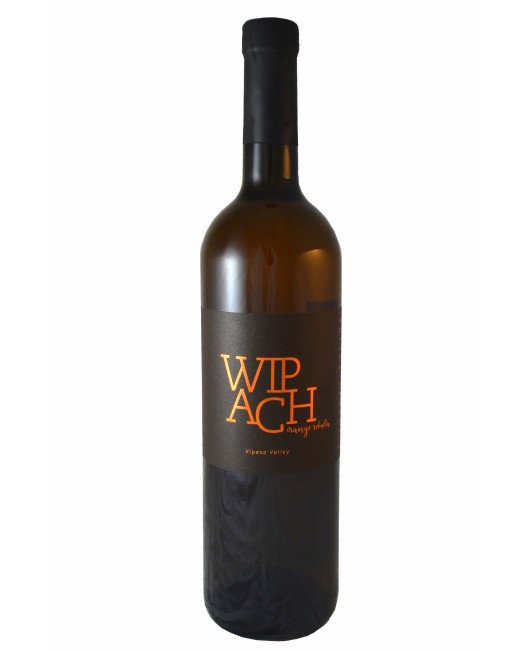 A small, family-run boutique winery in Slovenia is now home to one of the best orange wines of 2023. No stranger to awards from Decanter, AWC Vienna, and other competitions, Wipach Wine Estate’s Rebula 2016 won a platinum award in the Great American International Competition in 2023.
A small, family-run boutique winery in Slovenia is now home to one of the best orange wines of 2023. No stranger to awards from Decanter, AWC Vienna, and other competitions, Wipach Wine Estate’s Rebula 2016 won a platinum award in the Great American International Competition in 2023.  As the largest competition of North American wines, San Francisco Chronicle Wine Competition no doubt expected some of the best orange wines in America making their way to the judges’ table. Parley Lake, a winery in Waconia, Minnesota, won silver in the competition. Though named “Rose”, it’s actually an orange wine made with Frontenac Gris grapes to yield a medium-dry, crisp taste with notes of watermelon rind and chokecherry.
As the largest competition of North American wines, San Francisco Chronicle Wine Competition no doubt expected some of the best orange wines in America making their way to the judges’ table. Parley Lake, a winery in Waconia, Minnesota, won silver in the competition. Though named “Rose”, it’s actually an orange wine made with Frontenac Gris grapes to yield a medium-dry, crisp taste with notes of watermelon rind and chokecherry.  On the eve of 2023, Latah Creek Wine Cellars took home a Best of Class Gold award from the Dan Berger’s International Wine Competition. This 100% Orange Muscat is grown on Lonesome Spring Vineyard in Washington state yet brings a more tropical taste with its notes of sweet orange blossom and orange cream.
On the eve of 2023, Latah Creek Wine Cellars took home a Best of Class Gold award from the Dan Berger’s International Wine Competition. This 100% Orange Muscat is grown on Lonesome Spring Vineyard in Washington state yet brings a more tropical taste with its notes of sweet orange blossom and orange cream. 